WILDER NATIVES
What's A Wilder Native?
Handpicked by Judges Farm in Old Lyme Connecticut, Wilder Natives are U.S. native plants, selections, and hybrids, which will thrive in gardens and plantings of the Northeast region. Why? Because these plants belong here! Natives are tough, disease resistant, deer & rabbit resistant, drought & flood tolerant, even salt tolerant in some cases. Finally, native pollinators know & love native plants, and the two go hand in hand.
We’ve divided our Wilder Native offerings into six groups:
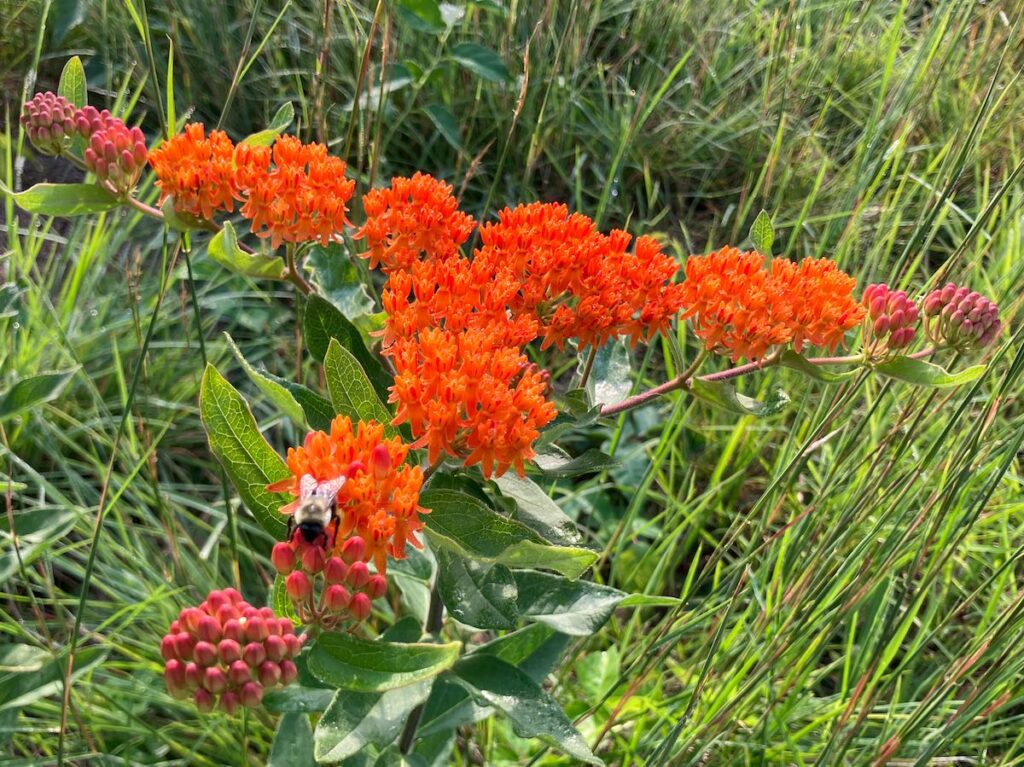
LOCAL ECOTYPE PLANTS
The right plant in the right place. Here in southern New England, most of us are nestled in the EPA’s Ecoregion 59, or the Northeast Coastal Plain. This region stretches from the mouth of the Hudson River up to the Portland Maine area, and the Connecticut River Valley of MA …

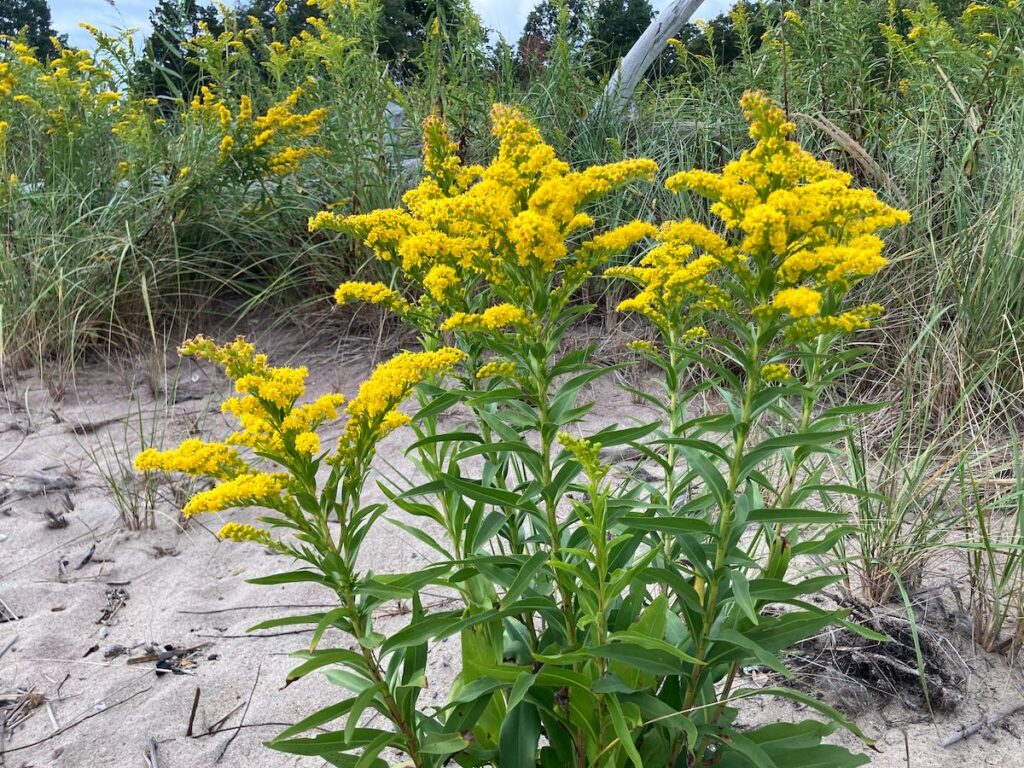
SOLIDAGOS
Solidagos are caterpillar kings; in his list of herbaceous native plants compiled by famed entomologist Doug Tallemy, the Solidago family sits at the top for supporting species of Lepidoptera (butterflies, skippers, and moths). And no, they don’t cause hay fever! …

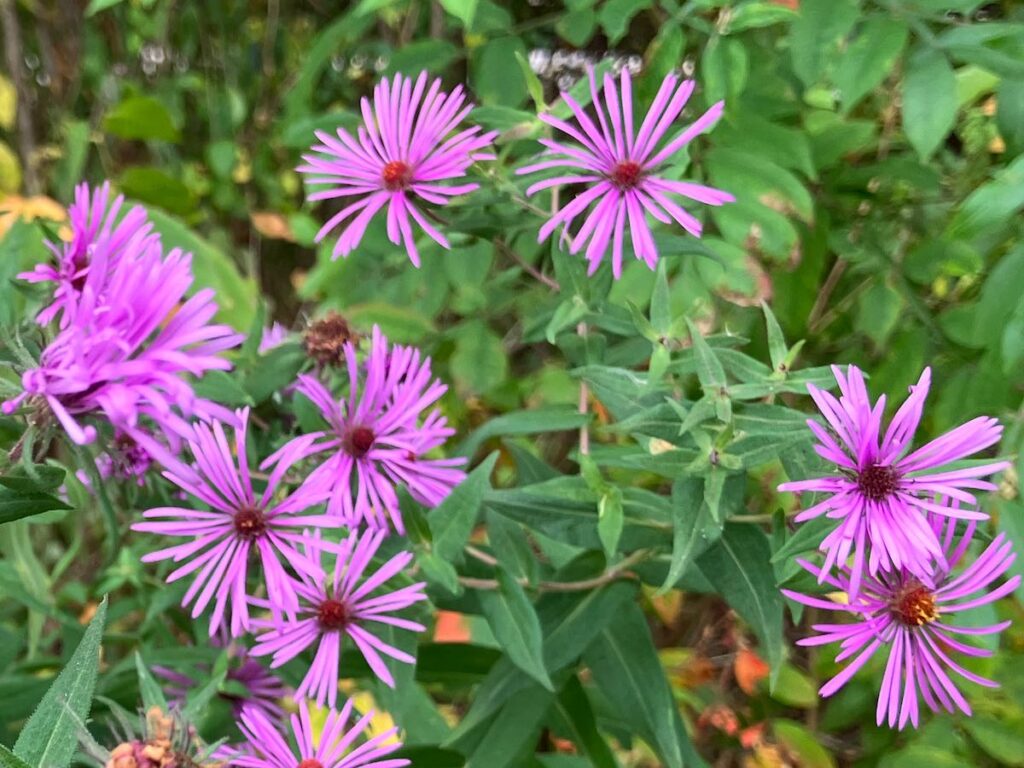
ASTERS
Nothing says fall in New England like a hillside patchwork of asters coming into bloom. Right up there with Solidagos (goldenrods), according to the National Wildlife Federation, local native asters support 100 species of Lepidoptera caterpillars. …

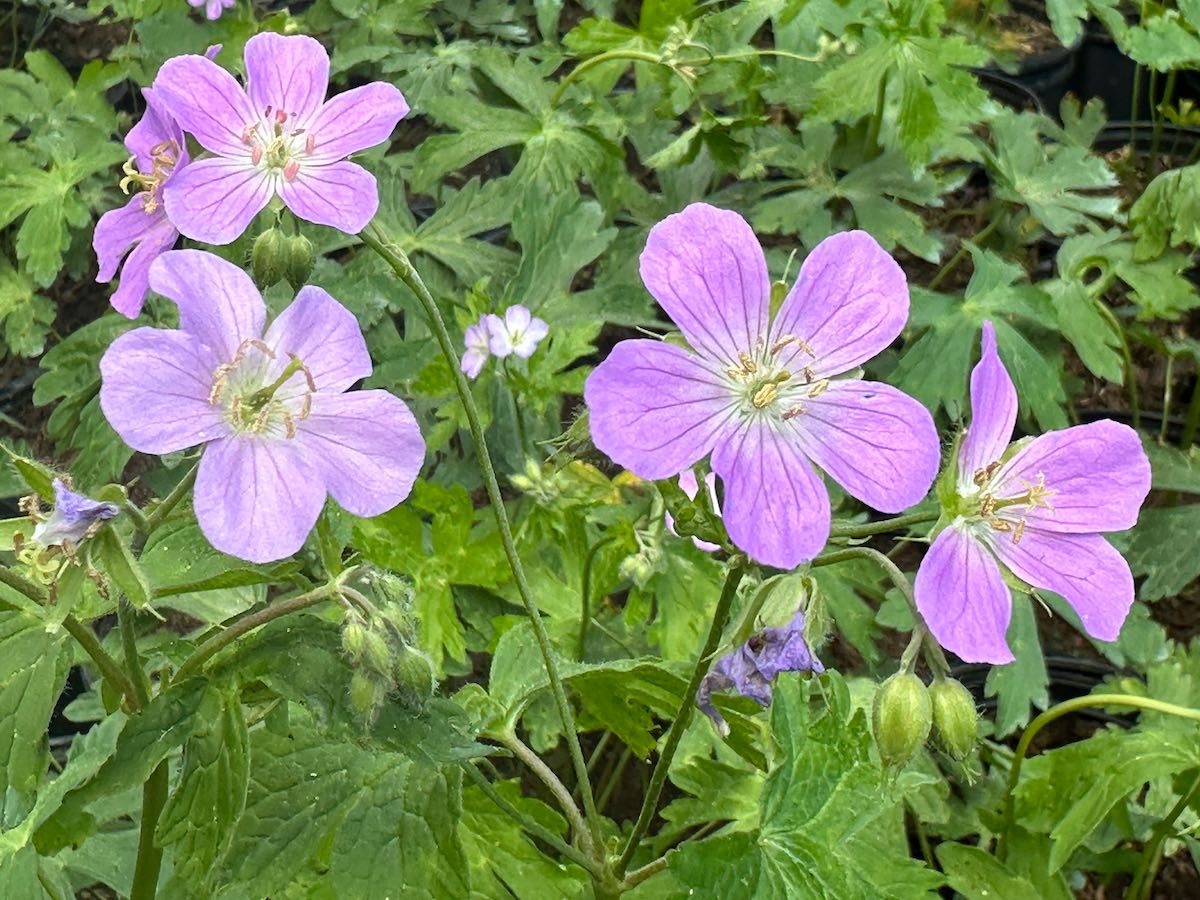
NORTHEAST US
Native to New England, New York, New Jersey, and Pennsylvania, these plants grew up here. They are best adapted to Northeast soils and climate.

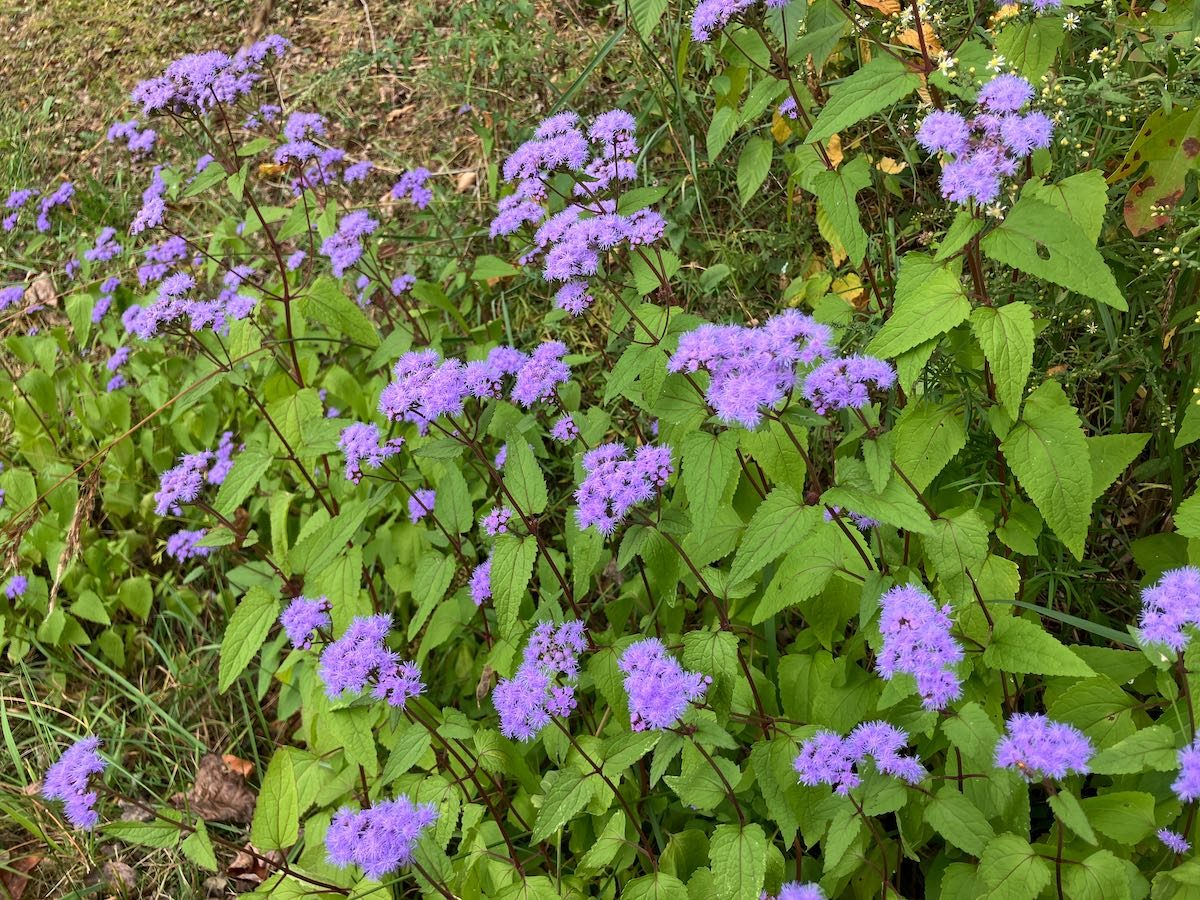
US NATIVES
These plants may not be native to New England, but they have roots in the US, usually in the Midwest prairie setting, or in the hills and valleys of the Appalachian spine.

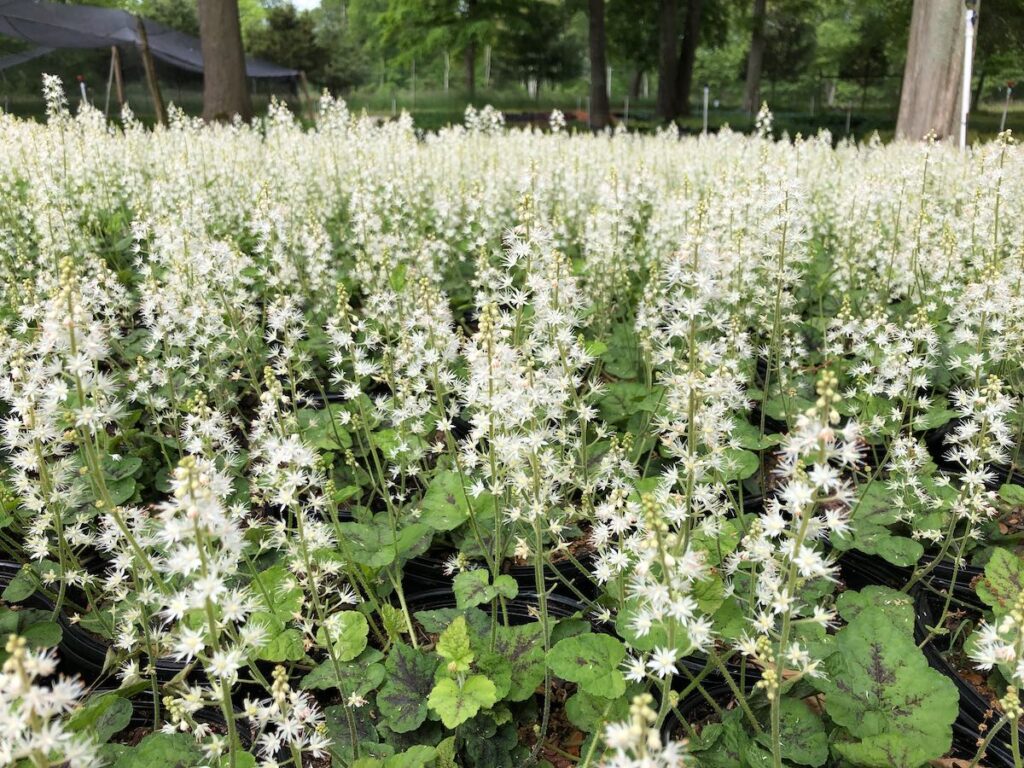
HYBRIDS / SELECTIONS
These plants have either been selected and cultivated from native specimens in the wild, or hybridized to exhibit bold new colors, sizes and shapes.

For lots more info on natives, click here to access the Pollinator Pathway website:
https://www.pollinator-pathway.org/ .
